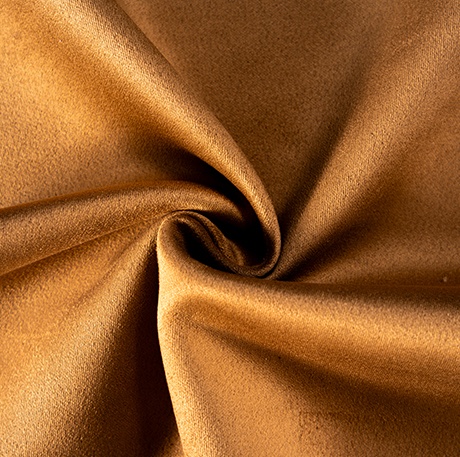
Comfort: Knitted fabrics are usually interwoven with textile yarns, have high elasticity and softness, are comfortable to wear, and can adapt to the activities of the body.
Adaptability: Knitted fabric has good ductility, can adapt to different shapes of the wearer, with high plasticity.
Warmth preservation: The yarn of knitted fabrics is interwoven to form an air layer, which can effectively keep the body warm, so knitted clothing has advantages over other fabrics in terms of warmth preservation.
Air permeability: There is a gap between the yarn in the knitted fabric, which has good air permeability, which can help the body release moisture and keep the body dry.
Elasticity: Knitted fabric has good resilience, can keep the shape of the clothing is not easy to deform, so that the clothing will not produce obvious relaxation after wearing for a long time.
Variety: Knitted fabrics can be made of different weaving methods and yarn materials, so a variety of styles, patterns and patterns can be made of clothing, with high design variability.
Fastness performance. Knitted fabrics have good durability, including high tensile breaking strength, tear strength and wear resistance, as well as good heat and sun resistance. These characteristics make knitted fabrics suitable for a variety of sports, such as swimming and cycling, which require clothing with good scalability and durability.
Special protection performance. For example, some knitted fabrics are coated with chemical films that can absorb water and prevent electrostatic damage; Some fabrics have anti-ultraviolet properties, suitable for outdoor sports to protect the skin from direct sunlight; There are also fabrics containing reflective materials to enhance the visibility of night sports and improve safety.
Comfort performance. Especially waterproof and breathable, which is especially important for outdoor sports, such as mountaineering, running and rowing. This performance ensures that athletes can keep their bodies dry and comfortable in rain and snow.